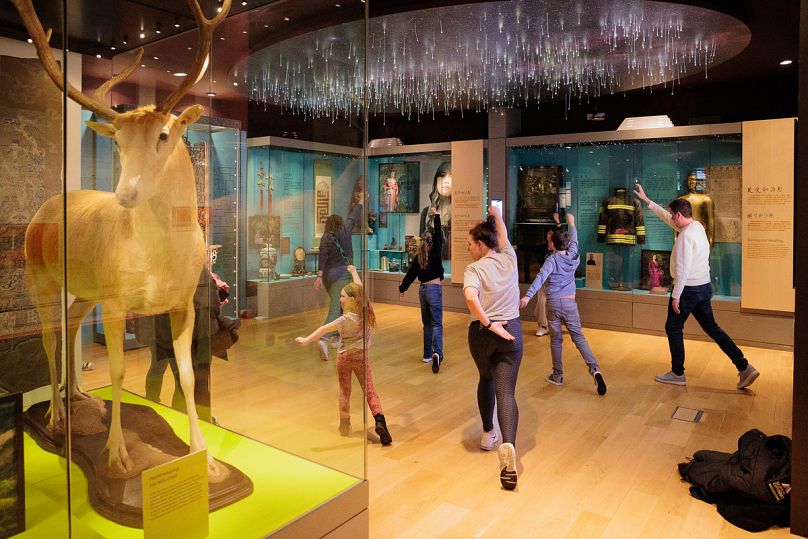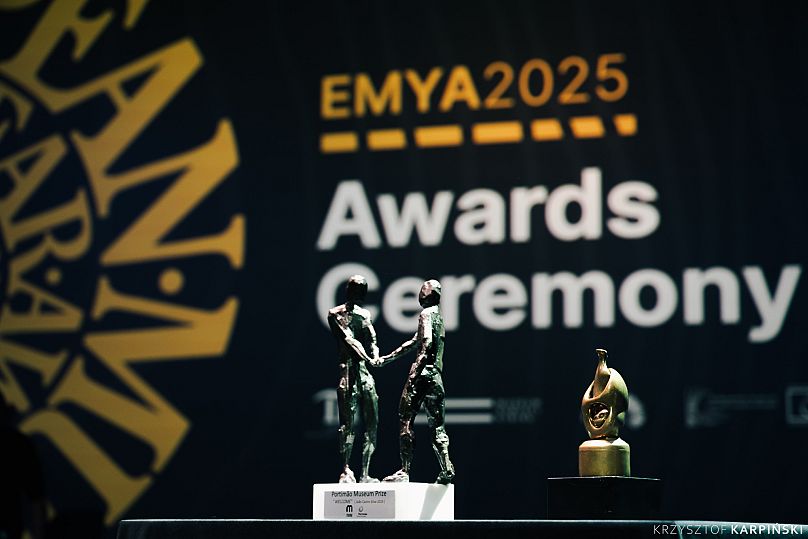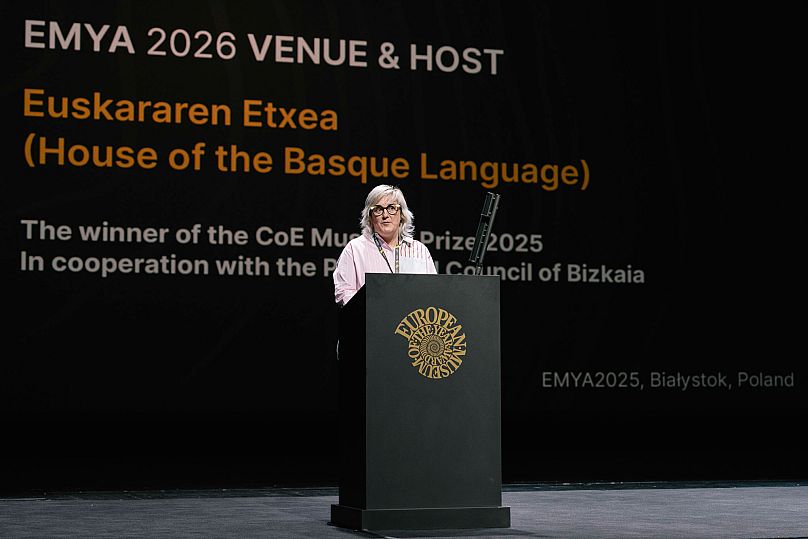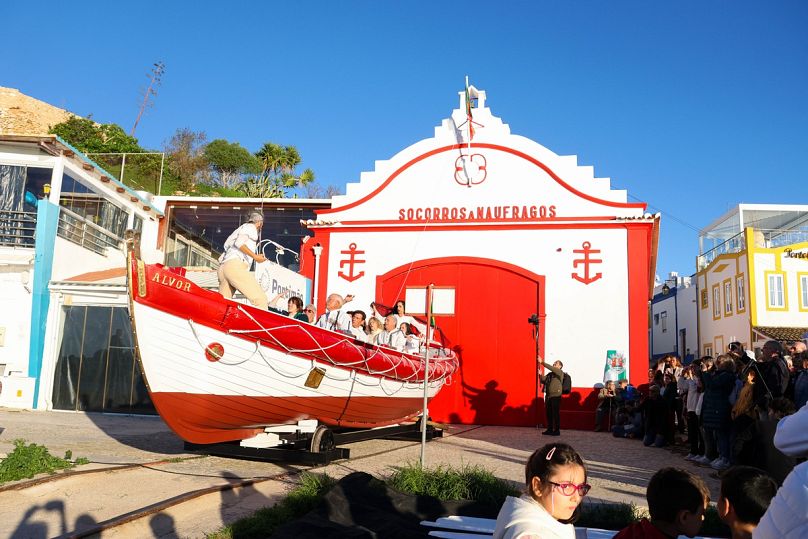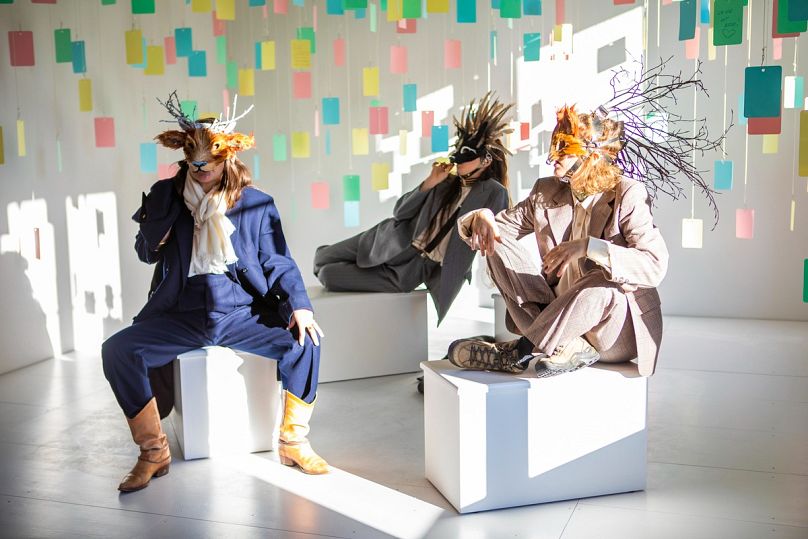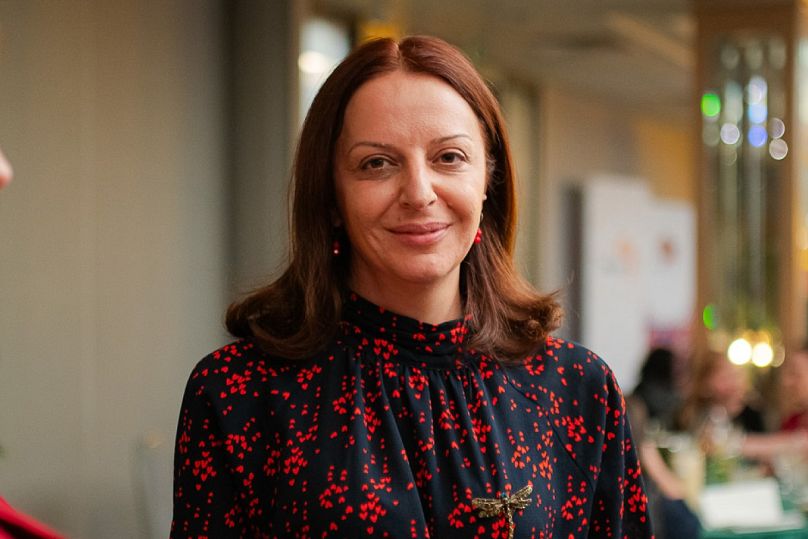The Manchester Museum has collected this year’s top honour at the European Museum of the Year Awards, which were presented on the last day of the EMYA2025 Conference in Poland at the Sybir Memorial Museum in Białystok.
On a self-proclaimed mission to become the “most inclusive, imaginative, and caring, museum you’ll ever see,” the Manchester Museum was awarded the prize in a year focused on “Remembrance and Solidarity for Collective Action”.
Part of the University of Manchester, this natural history museum was established in 1867 and boasts a collection of about 4.5 million items hailing from every continent. These include archaeological and anthropological artefacts, as well as a vivarium featuring live amphibians. The last exhibit in particular is the only place outside of Panama where visitors can see the critically endangered harlequin toad, which is known by researchers and enthusiasts alike for its striking colors.
The European Museum of the Year Award was presented by Amina Krvavac, Chair of the EMYA Jury. In a year focused on solidarity and collective action, the Manchester Museum was recognised specifically for “enhancing accessibility” and creating “new spaces to foster deeper community connections and promote intercultural dialogue,” according to a statement from the awards.
The museum was also specifically acknowledged for the ways in which it grappled with its colonial past. As museums around the world, including many in the UK, have grappled with the ways in which it has acquired and presented archaeological artefacts, the Manchester Museum, also born of Empire, has, according to the Awards committee “reimagined its mission” by “acknowledging and addressing its complex history by redefining the role of its collections and public programmes.”
But what do these changes look like in practice?
For one, the museum has placed heavy emphasis on highlighting the perspectives of indigenous peoples, and allowing people from those communities to curate and tell their own stories.
Such is the case for “Anindilyakwa Arts: Stories from our Country” an exhibition currently on display, which explores the culture and traditions of the Anindilyakwa People or Warnumamalya (true people), the Traditional Owners of the Groote archipelago off the north coast of Australia.
This exhibit in particular was designed by and written with Anindilyakwa artists and Elders. In addition to this, in 2023, 174 cultural heritage items were returned by the Manchester Museum to their country, demonstrating an active desire on the part of the museum to right historical wrongs.
A venue with extra value
The choice of venue for the awards was also carefully considered. Last year, the Sybir Memorial Museum won the Council of Europe Museum prize for its contributions to upholding human rights and democratic citizenship.
The museum explores the stories of Poles deported to the USSR during the Second World War, and was praised for its ability to bring history to life “through workshops, events, media, publications, and new formats.”
This year’s Council of Europe Museum Prize went to the Euskararen Etxea, the House of the Basque Language in Bilbao, Spain. This space, described by the awards committee as “a unique cultural space dedicated to the Basque language, its history, and the stories of resilience and identity associated with it,” was awarded for its exploration of “the deep emotions, challenges, and resistance tied to the Basque culture.”
While this museum focuses on the history of the minority language used primarily in Spain, it offers exhibits in English, French, Spanish, as well as Basque, making it accessible to a wider variety of visitors.
The museum recognised for community engagement was the Alvor Lifeguard Interpretative Centre (CISA) in Portimão, Portugal. Much like the Manchester Museum, CISA places heavy emphasis on people-forward exhibitions, with stories being told by the people they are about. CISA itself focuses on preserving traditional artisanal fishing practices and labour traditions, with many contributions coming from local residents.
The Portimão Museum Prize for Welcoming, Inclusion and Belonging, which celebrates a “friendly atmosphere of inclusion”, went to the Istanbul Museum of Modern Art, which was recognized for the ways in which it reaches out to young people. The museum boasts an average of 500 young visitors a day, according to the awards committee.
Awarded for environmental sustainability was MUZOO, a contemporary Swiss space which invites locals to care for animals to foster conversations about biodiversity. It combines exhibits with interactive experiences that both create environmental dialogue and leave a lasting impression once the visitors leave.
Nini Sanadiradze, the former General Director of The Union of Tbilisi Museums, was also honored as an individual for her “courageous, at times controversial, museum practices that challenge and expand common perceptions of the role and responsibilities of museums in society.”
She was also recognized with a medal of honor by the former Georgian president, Salome Zourabichvili, for her “exceptional dedication to safeguarding and conserving Georgian cultural and historical heritage.”
Next year’s awards will be held at the Euskararen Etxea in Bilbao.



